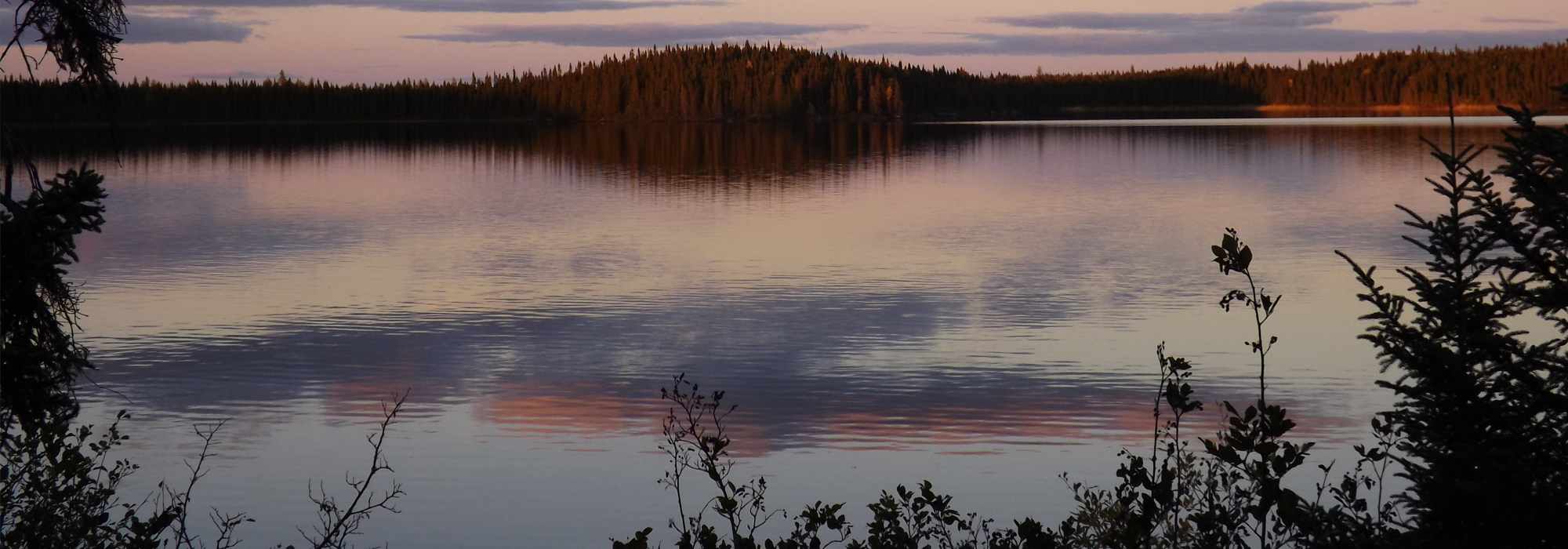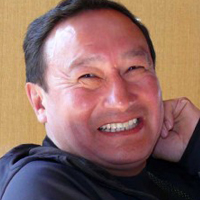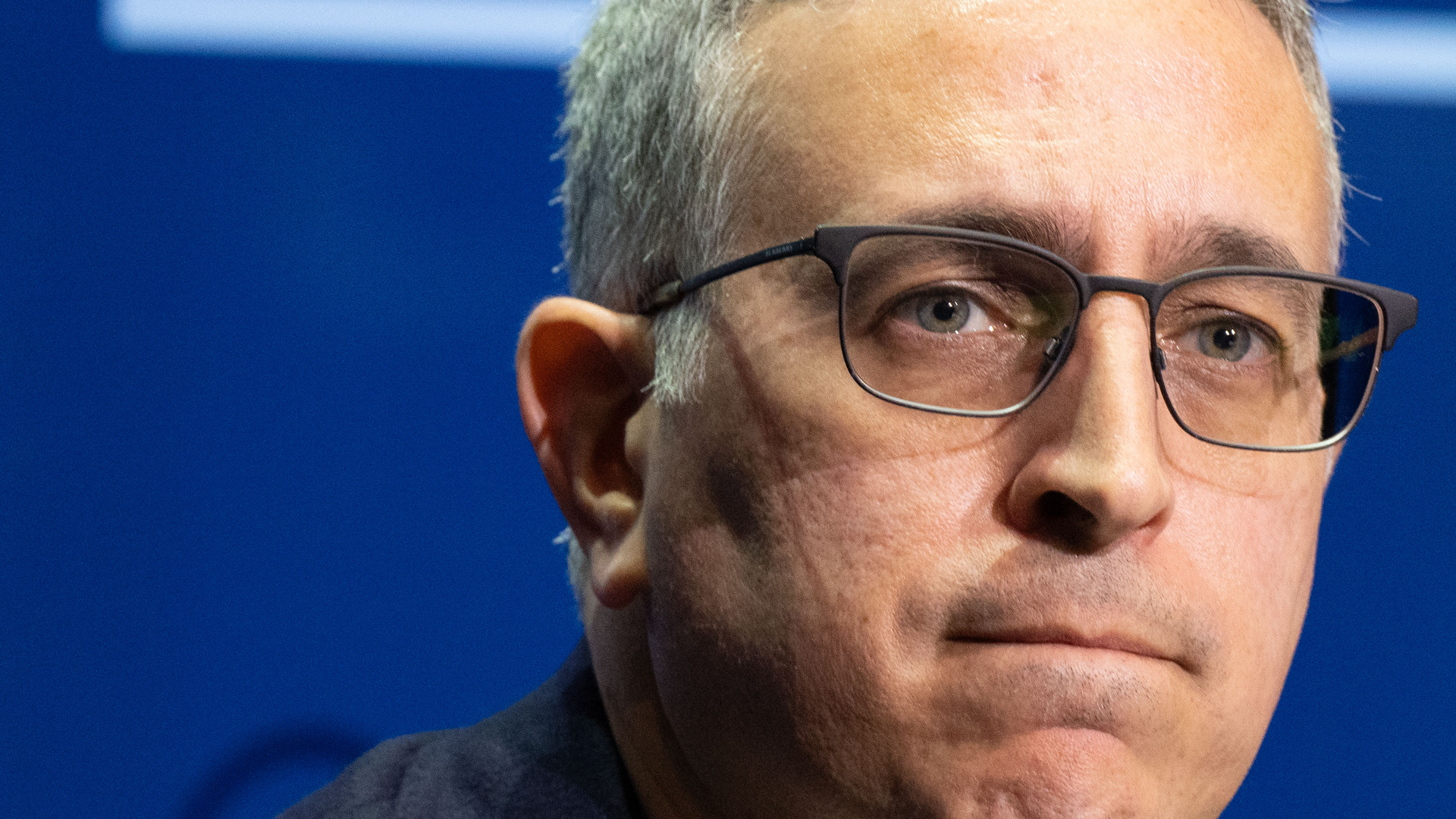
In 1886, Her Majesty, with the advice and consent of the Senate and the House of Commons of Canada, created Canada’s Indian Act, which included this line: “The expression ‘person’ means any individual other than an Indian” (chapter 43). This action and the imposition of the reserve system or Ishkoonigun (leftover) took away the autonomy of the original inhabitants, including those living on Kitchenuhmaykoosib Aaki (land).
In my community of Kitchenuhmaykoosib Inninuwug (KI), 600 km northwest of Thunder Bay, it wasn’t until July 1929 that government commissioners arrived to sign a treaty. The members of KI were living throughout the land according to seasonal cycles, with the wealth of all creation at their disposal. They hadn’t felt the need to enter into the treaty process until provincial game laws interfered with their ability to live off the land, and they were ultimately forced to the table.
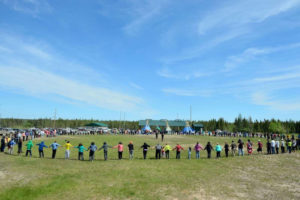
Under this treaty process, only a nation could make a treaty with another nation. KI, with its territory, governance, culture and language, met all those requirements and signed on to Treaty #9 adhesion, with the understanding that they were signing to share with Her Majesty’s subjects the benefits of this great land – not to surrender them.
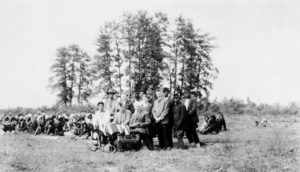
Canada’s Indian Act describes reserves as “lands that have been released or surrendered by the band for whose use and benefit it was set apart,” vesting control of them with the Crown. Our elders say that during the treaty process, the Act was never discussed with KI. KI members were not asked whether they wanted to live under this legislation, which controls Indigenous life from birth to the end of life.
The elders talk about Kika-kanawayehnimin, which means “I will look after you” and referred to the understanding that the Crown would help look after the people of KI. Keep in mind there would have been a lack of proper translation at the time of the signing of the treaty. Living under the Indian Act would never and has never been an acceptable form of Kika-kanawayehnimin; the very idea of giving up your freedom and independence to live under such an Act would never have received the consent of KI.
The community members suddenly found themselves under the control of an Indian agent, the government representative in the area who determined what would happen in their day to day lives. As the people of KI attempted to raise their concerns with department officials over upholding the treaty, they were told that those were “agreements between old men,” and that the department had to be accountable for the funds destined for the community, as they were “taxpayers’ dollars.” Again, the people of KI, when they signed on to the treaty, did not agree to the Indian Act provision that “the Governor in Council may determine whether any purpose for which Indian moneys are used or are to be used is for the use and benefit of the band.”
Some of my early memories were of elders making eloquent statements at community meetings presided over by the Indian agent, and then adding, “but what do I know, I’m only anishinini (Indigenous). They said this after being over-ruled countless times by the agent. I used to hear them talk about not attending any more meetings, since the decisions had been already made and didn’t reflect their input.
During my time on council, the official position from federal and provincial government representatives was that they didn’t want to talk about the treaties. I remember one bureaucrat from Ontario calling to talk about land issues “outside of the treaty.” I told her that I have no mandate outside of the treaty to engage with her, as it is only through the treaty that I can engage with Her Majesty and Her subjects.
The community’s frustration over this type of attitude towards our land came to a head in early 2006, when a mining exploration firm named Platinex came into the territory to embark on a drilling program, with permission from Ontario under the 1868 Mining Act. At the time, the community had engaged in a land claim process over traditional lands outside the immediate reserve area, which include the proposed drilling area adjacent to the reserve. KI resisted the company’s activities, emphasizing that under the law there were obligations to the community that hadn’t been properly discharged – namely, the duty to consult and accommodate.
KI challenged Platinex at the cost of near bankruptcy for the community, and also at the cost of some people’s liberty, as six of our community leaders were jailed. At the end of the day, Platinex were paid $5 million by the government to give up their claims on KI lands. This is the aggravating part: companies make money off our lands, while the community gets nothing. A few years later, another company, Gods Lake Resources, were paid $3 million to abandon their claims to our land.
This faceless bureaucracy absorbs a major portion of funds intended for Indigenous peoples, using the idea of “accountability” to deny Indigenous peoples a say in what happens in their own communities.
Meanwhile, stringent accountability is imposed upon those living on the leftovers (reserves), which are vested in Her Majesty, but at the same time the bureaucracy administering the Indian Act makes decisions that impact Indigenous communities with impunity. This faceless bureaucracy absorbs a major portion of funds intended for Indigenous peoples, using the idea of “accountability” to deny Indigenous peoples a say in what happens in their own communities. But that accountability appears to be one-sided and not reciprocal. There doesn’t appear to be any oversight of mistakes made by department officials who “review” all activities relating to the release of funds to the communities.
For example, a major infrastructure project in KI approved through the department’s tendering process was held up when a bidder challenged the stringent requirements for a small connector or widget. The infrastructure materials sat out in the elements for a period of time until this could be resolved. But it was understood that these bids had been reviewed by INAC – there was no formal way for the community to hold the department accountable for its mistake.
Recently, the federal government announced it was going to split the department that administers Canada’s Indian Act (Indigenous and Northern Affairs Canada, or INAC) into two, in order to begin the process of “moving forward on a true nation-to-nation relationship,” said Prime Minister Justin Trudeau. “We are demonstrating with this change today that we are serious about taking the right steps to move beyond the Indian Act, but doing it in partnership and collaboration with Indigenous peoples.”
But a true nation-to-nation relationship, and true reconciliation, require that the government take a serious look at changing the economy created by Canada’s Indian Act, which reduces Indigenous territory and economic opportunity to 0.2 percent of the country’s landmass, as the late Sepwepemc Chief Arthur Manuel has described. KI never agreed to live under this colonial, racist piece of legislation, nor did they ever give up their birthright to this land.
The fact is that the other 99.8 percent of Canada’s landmass is vested in the provincial Crown and leaves nothing for Indigenous peoples on their own homelands. We can talk about apologies, change the name of bureaucracies and open buildings for Indigenous centres, but until we get to the heart of the matter, these efforts will not change or improve life for the Indigenous person at the community level. The heart of the matter is we need to change the status quo and look at INAC, Canada’s Indian Act and other pieces of legislation that contribute to dispossessing Indigenous peoples of their homelands and resources. A renewed relationship would also look at implementation of the treaties as they are understood by our people and, by extension, address the 0.2 percent economy.
Only once we’ve looked at this reality and accepted that change is required can we begin to open the shackles that bind the original inhabitants of this great land. If we are sincere about making change and take the necessary action, we will then create some hope for future generations and can begin to make the changes that are so necessary for Indigenous and Canadian society.
Until then, we are just contributing to the illusion of a “civilized” society where Indigenous peoples have to be told by Ottawa that they have the authority “to control noxious weeds” and to keep bees under the Indian Act. Except I don’t think anyone told the bees either.
This article is part of the special feature The Indian Act: Breaking Its Stubborn Grip.
Photo: Sunset Beach, in Kitchenuhmaykoosib Inninuwug. Photo courtesy of KI First Nation.
Do you have something to say about the article you just read? Be part of the Policy Options discussion, and send in your own submission. Here is a link on how to do it. | Souhaitez-vous réagir à cet article ? Joignez-vous aux débats d’Options politiques et soumettez-nous votre texte en suivant ces directives.




